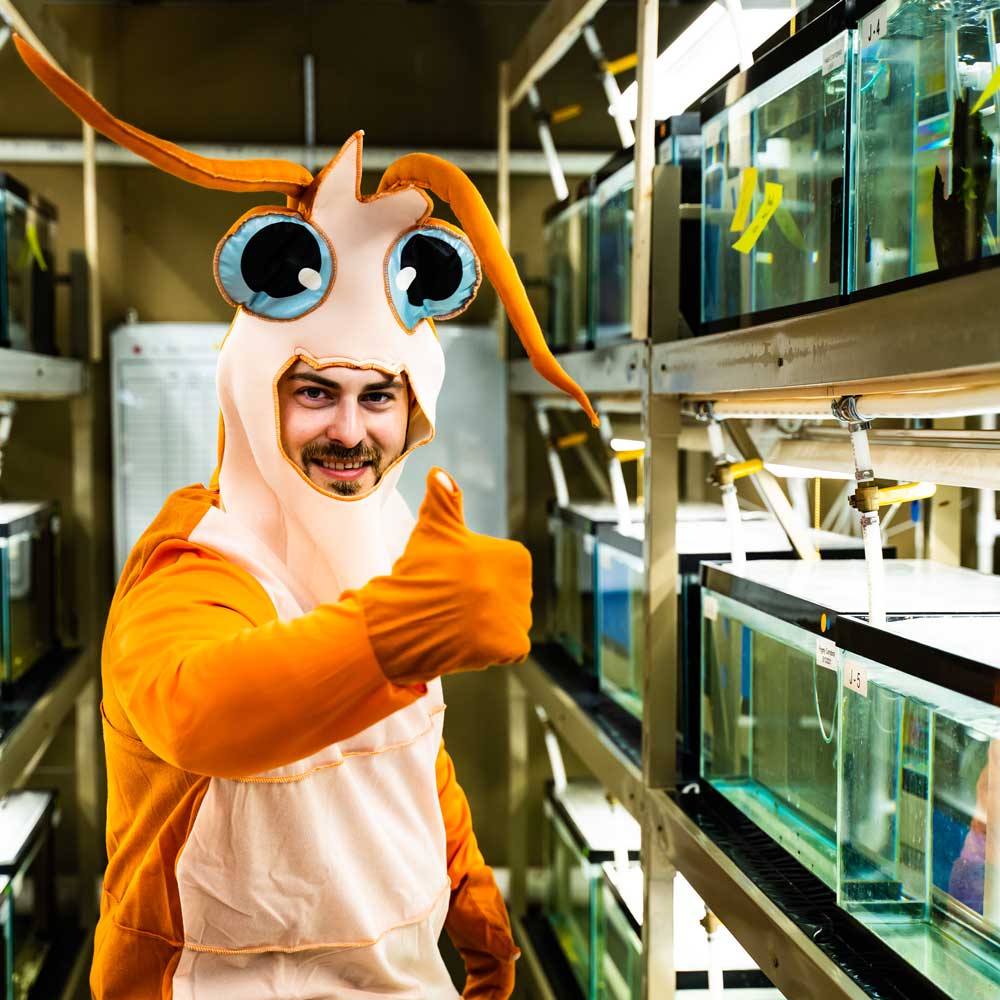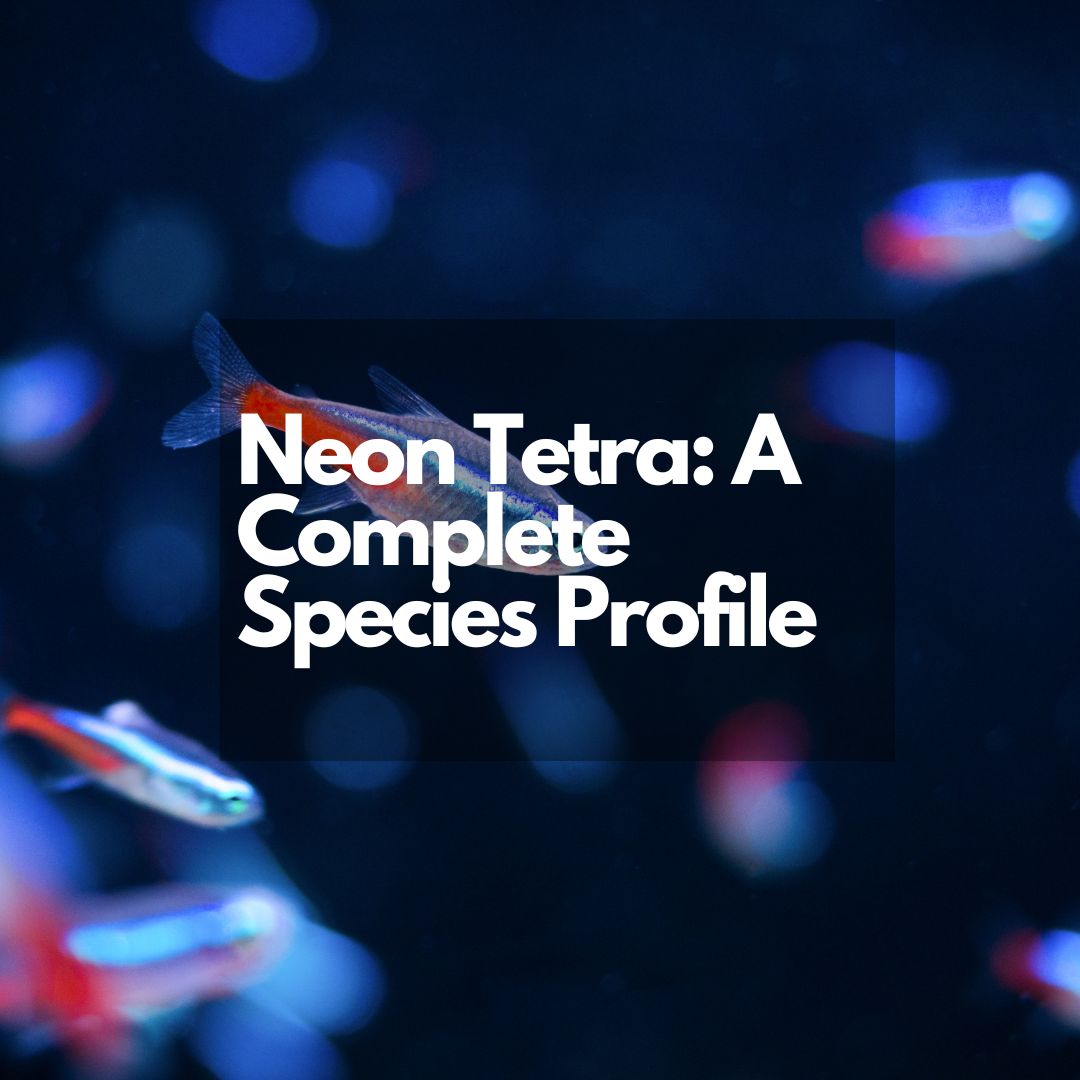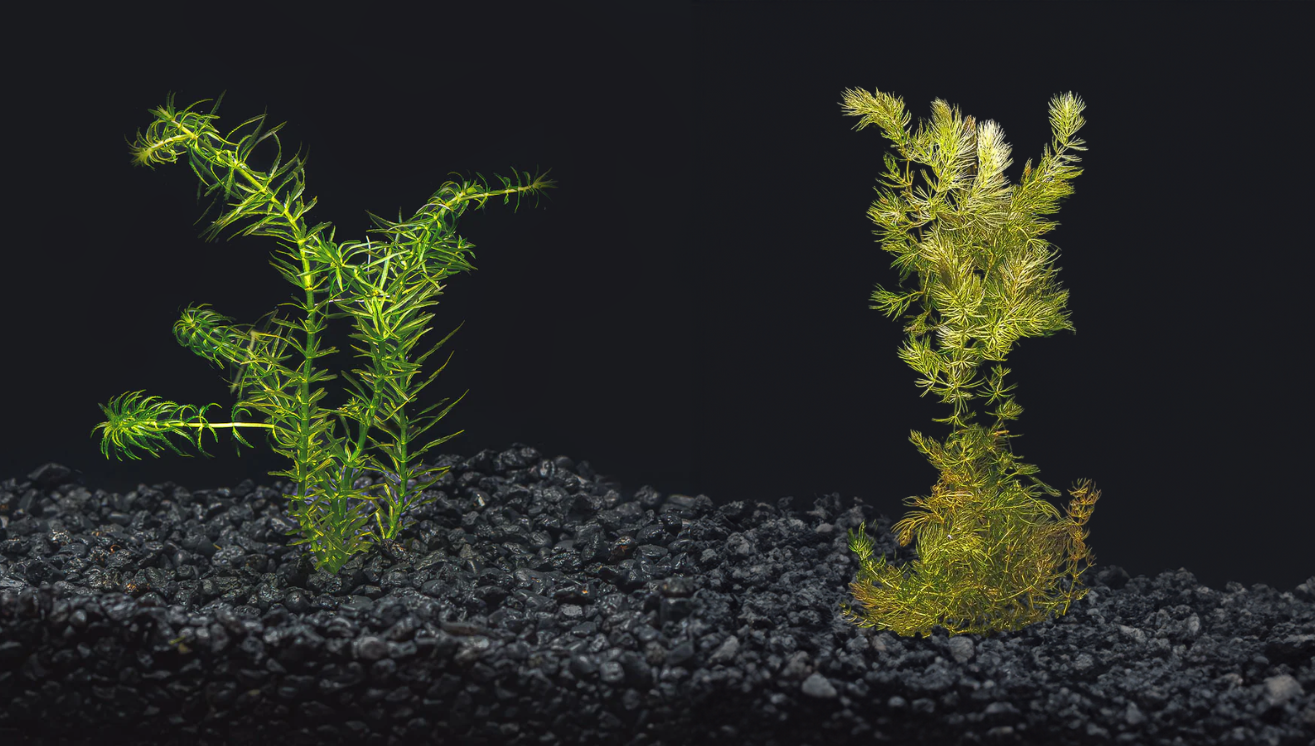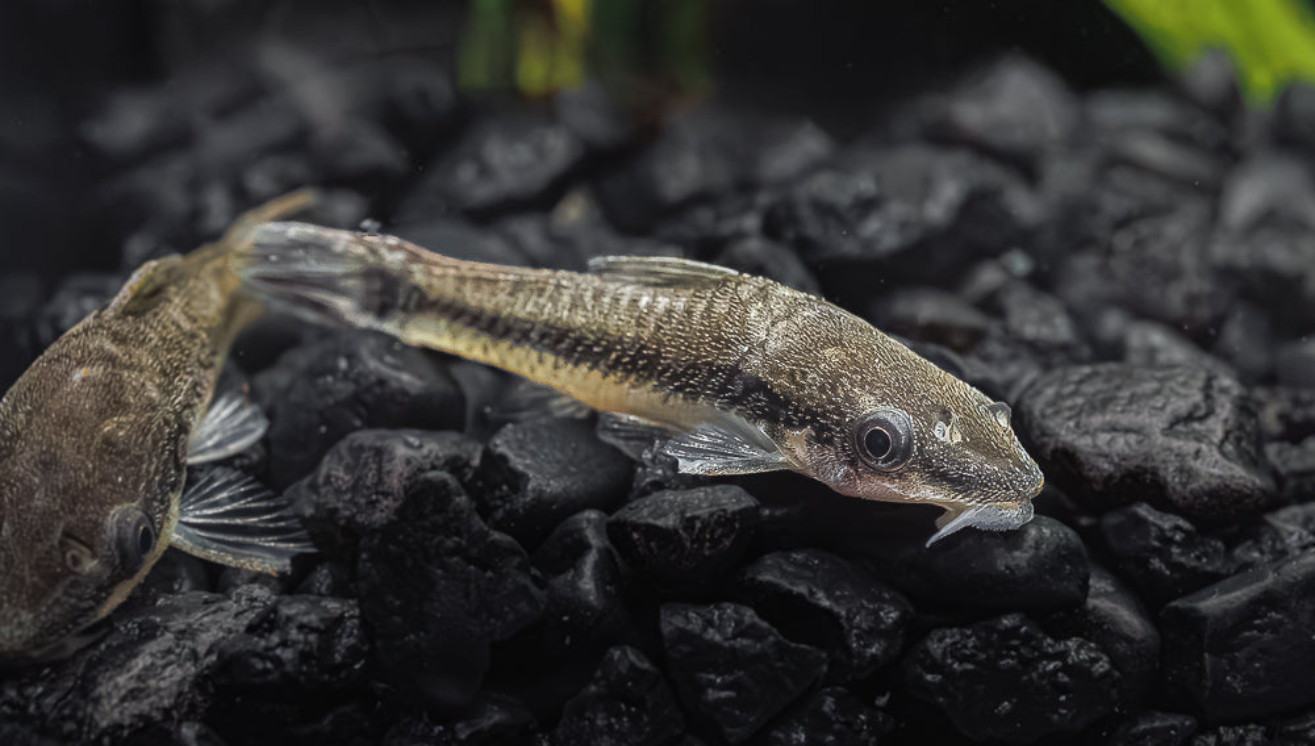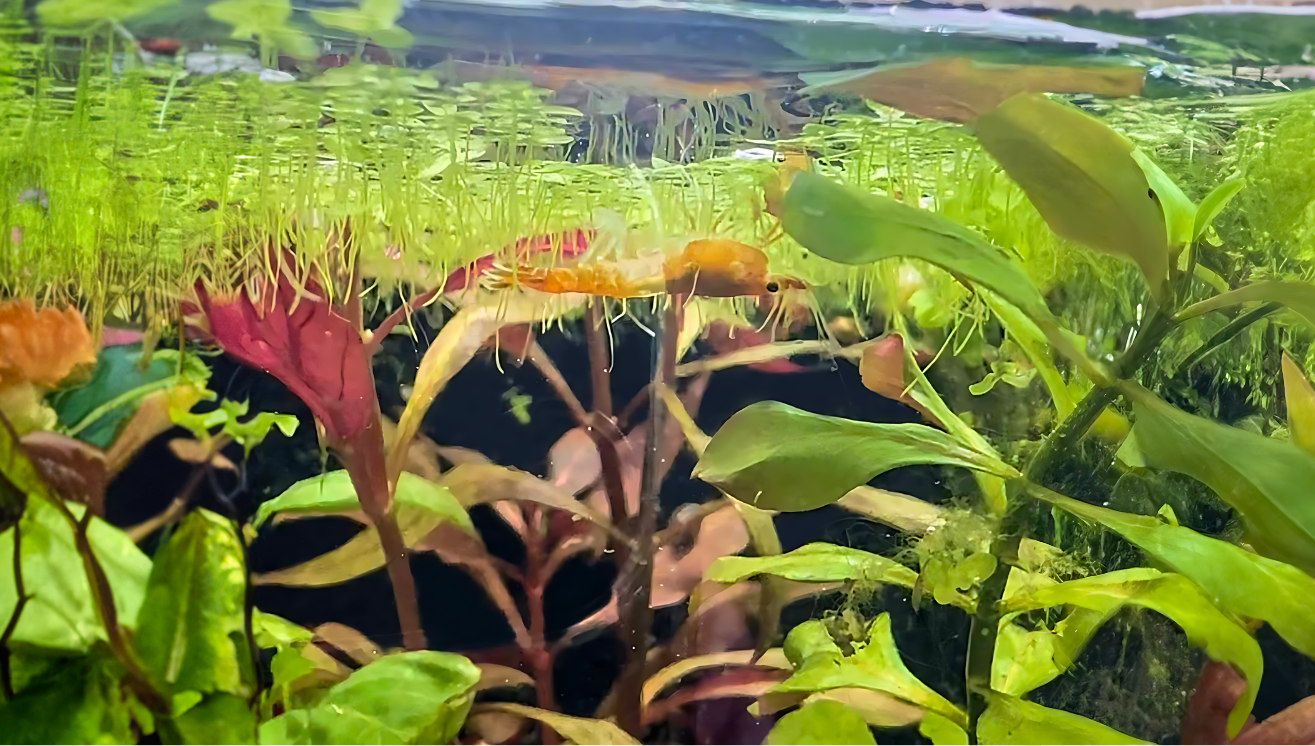Your Cart is Empty
The neon tetra is a small, popular aquarium fish native to the Amazon River basin of Peru, Brazil, Colombia, and Venezuela. With iridescent blue bodies, a black side stripe, and peaceful temperament, they’re one of the most sought-after freshwater species.
Selective breeding has produced gold, green, and black neon varieties. In the wild, they reach about 1–1.5″ (25–40 mm) and can live up to 5 years under proper care. They’re omnivores and thrive on a mix of flake foods, Daphnia, and algae-based wafers.
Habitat and Distribution

In nature, neon tetras inhabit slow-moving blackwater streams and shaded tributaries. They prefer soft water (pH 6.0–7.0) at 70–77 °F (21–25 °C) and low nitrate levels.
In aquaria, they are happiest in well-planted tanks with driftwood and Java moss, which mimic their natural cover. A dark substrate (e.g., black sand) further accentuates their neon hues.
Habitat and Tank Prerequisites
Recreate low-light conditions by darkening three sides of the tank. Include floating or tall plants (Hornwort, Amazon frogbit) plus Java moss and driftwood for shelter. Substrate choice is flexible, but darker tones make their colors pop.
Lifespan and Breeding

Neon tetras typically live 5–8 years, though some reach 10. Breeding requires a separate, dimly lit tank at ~78 °F (26 °C) and pH 6.5. Provide fine-leaved plants or spawning mops.
Spawn triggers include a short dark period followed by gradual lighting increase. Females may lay over 100 adhesive eggs—remove adults immediately to prevent predation. Eggs hatch in ~24 hours; fry survive on yolk sacs for several days before requiring infusoria or freshly hatched brine shrimp.
Feeding and Nutrition

Offer a balanced diet: high-quality flake food as a staple, supplemented twice weekly with bloodworms or brine shrimp, plus algae wafers or blanched veggies three times weekly. Feed small amounts twice daily for ~2 minutes each, removing any leftovers to maintain water quality.
Popular Varieties
1. Gold Head Neon Tetra
Features a red-orange stripe from nose to tail, silvery-peach body, and red-edged fins. Grows to ~1″ (25 mm). Peaceful, best kept in groups of 6+, pH 5.8–7.5, temp up to 82 °F (28 °C).
2. Diamond Neon Tetra
Shimmering metallic scales form a “diamond” sheen on the head. Blue-red horizontal stripes and a tall dorsal fin distinguish adults. Max length ~2.5″ (65 mm). Compatible with taller plants.
3. Black Neon Tetra
Brownish body with one black and one bluish-white stripe. Orange crescents above eyes. Prefers pH < 7.5 and temps 75–82 °F (24–28 °C). Best in groups of 6+.

4. Green (False) Neon Tetra
Often called “false neon,” it sports a greenish-blue upper body and faint red lower stripe. Lives 2–3 years; best in shoals of ≥8. Prefers warm, slightly acidic water (pH 6.0–6.5).
Is Cardinal Tetra the Same as Neon Tetra?
Color: Cardinals have a solid red body; neon tetras show blue with black bands.
Size: Cardinals reach ~2″ (50 mm); neons ~1″ (25 mm).
Behavior: Both are peaceful schooling fish, but they require space if mixed together to avoid competition.
Conclusion
Neon tetras are beautiful, hardy, and peaceful—ideal for community tanks with soft, slightly acidic water and lush planting. Keep them in schools of 5+ for the best display, and they’ll reward you with vibrant color and lively schooling behavior.


